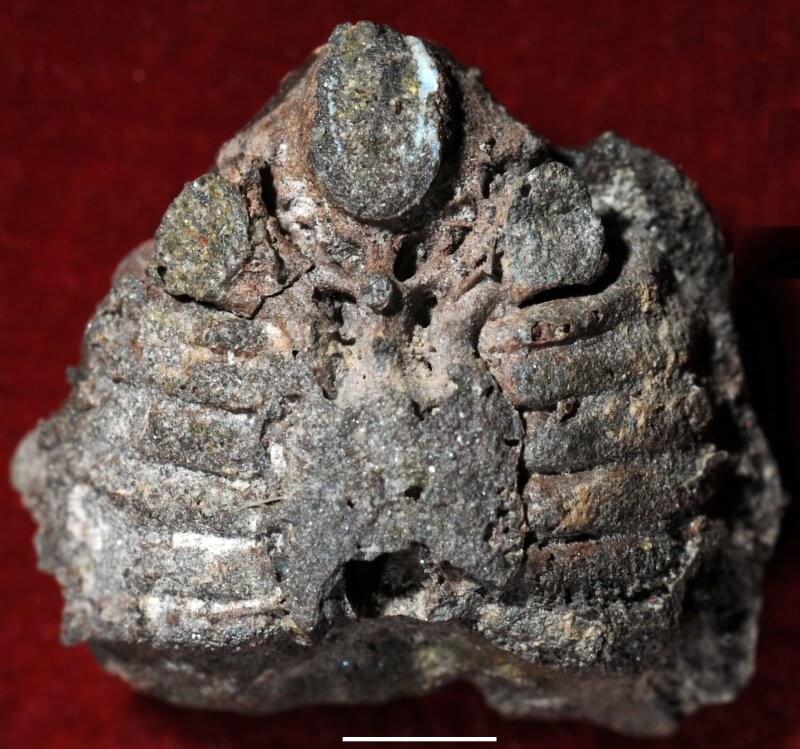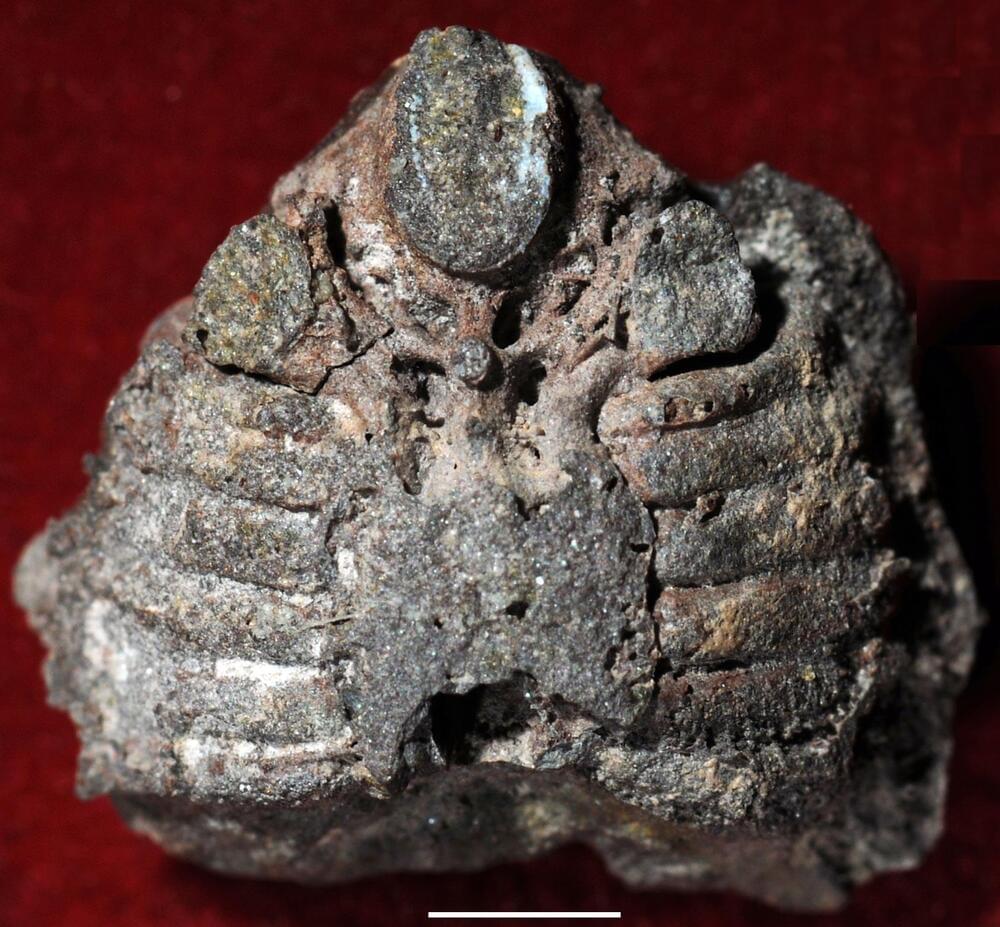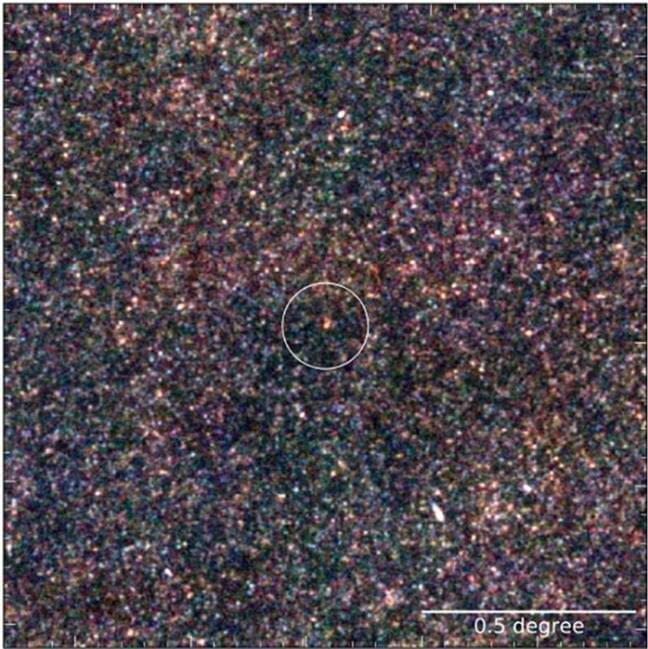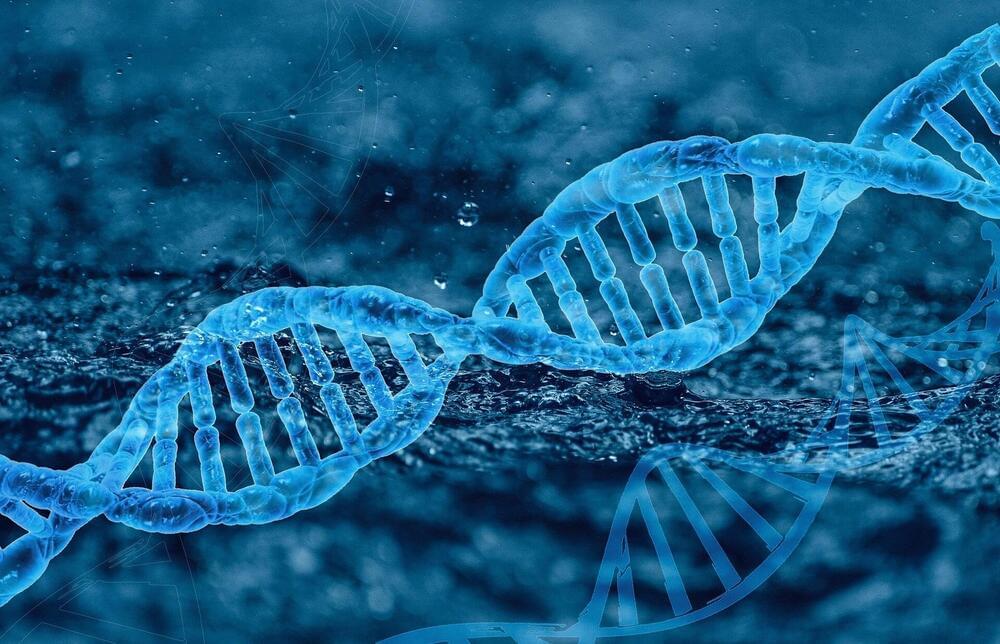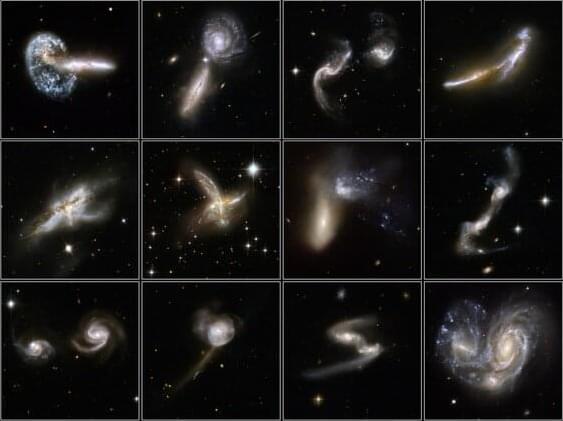The human middle ear—which houses three tiny, vibrating bones—is key to transporting sound vibrations into the inner ear, where they become nerve impulses that allow us to hear.
Embryonic and fossil evidence proves that the human middle ear evolved from the spiracle of fishes. However, the origin of the vertebrate spiracle has long been an unsolved mystery in vertebrate evolution.
Some 20th century researchers, believing that early vertebrates must possess a complete spiracular gill, searched for one between the mandibular and hyoid arches of early vertebrates. Despite extensive research spanning more than a century, though, none were found in any vertebrate fossils.
